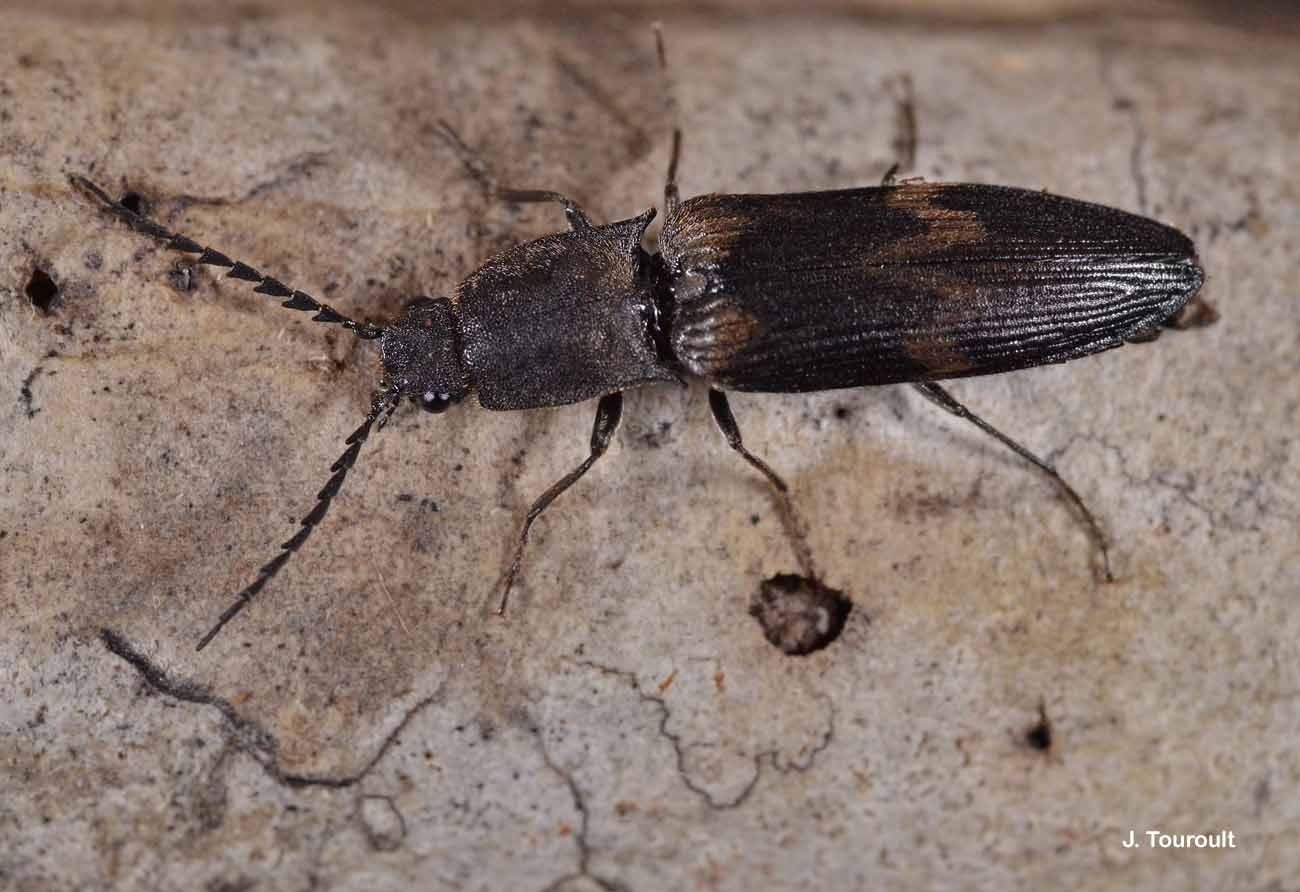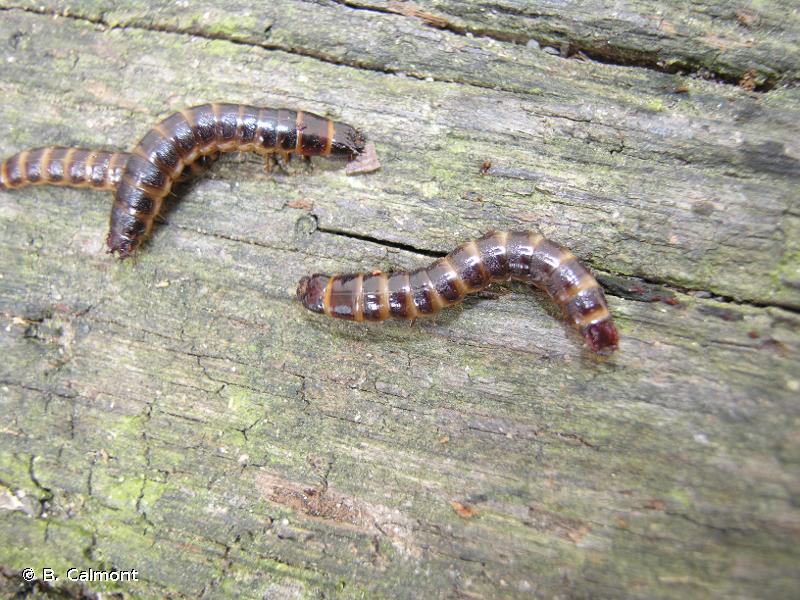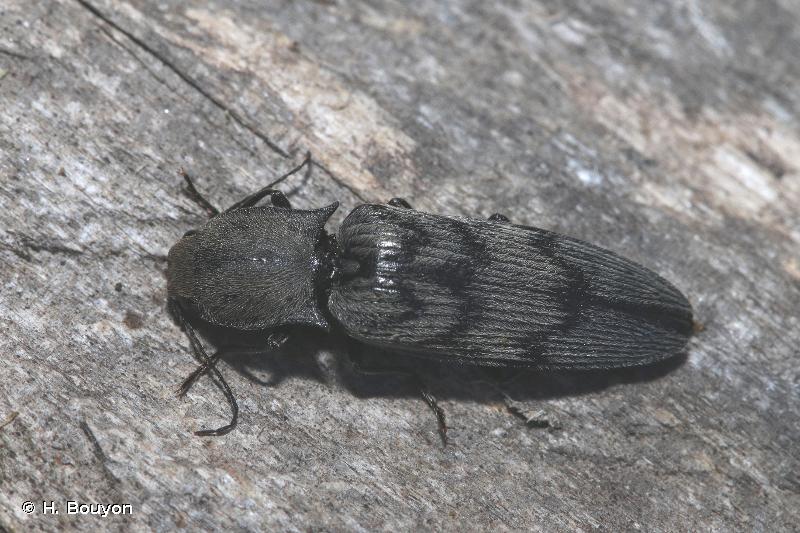
cd_nom

| Author : J. Touroult |
 |
To get the picture, please visit:
Julien TOUROULT
Muséum national d'Histoire naturelle - Service du Patrimoine Naturel
36 rue Geoffroy Saint-Hilaire
CP 41
75 231 PARIS CEDEX 05
e-mail : inpn@mnhn.fr
Despite the Creative Commons license, please inform the author of the use which will be made of his photo

| Author : J. Touroult |
 |
To get the picture, please visit:
Julien TOUROULT
Muséum national d'Histoire naturelle - Service du Patrimoine Naturel
36 rue Geoffroy Saint-Hilaire
CP 41
75 231 PARIS CEDEX 05
e-mail : inpn@mnhn.fr
Despite the Creative Commons license, please inform the author of the use which will be made of his photo

| Author : H.Bouyon |
 |
To get the picture, please visit:
Bouyon Hervé
herve.bouyon@wanadoo.fr
Any reuse of one or more photographs on this site is subject to an authorization request from the author.
Link to the Code of Intellectual Property (Legifrance)

| Author : B. Calmont |
 |
To get the picture, please visit:
Benjamin Calmont
email : inpn@mnhn.fr
Despite the Creative Commons license, please inform the author of the use which will be made of his photo

| Author : A. Artero |
 |
To get the picture, please visit:
Armel Artero
inpn@mnhn.fr
Any reuse of one or more photographs on this site is subject to an authorization request from the author.
Link to the Code of Intellectual Property (Legifrance)

| Author : H. Bouyon |
 |
To get the picture, please visit:
Any reuse of one or more photographs on this site is subject to an authorization request from the author.
Link to the Code of Intellectual Property (Legifrance)
Taille : 12-19 mm.
Diagnose :
Corps allongé, convexe, avant-corps noirs avec les élytres brun foncé. La pubescence blanche, fine et longue lui donne un aspect grisâtre à l'exception de deux fascies transverses en zigzag sur les élytres où la pubescence est noire. Les antennes courtes et fortement dentées à partir du 3ème article atteignent juste le bord postérieur du pronotum qui est peu convexe, aussi long que large avec les angles postérieurs étirés en longues pointes divergentes. La ponctuation du pronotum est forte, ombiliquée et très dense. Les pattes sont brun foncé.
La larve est filiforme et cylindrique (de type "ver fil-de-fer"), noire dorsalement et pâle ventralement, le dernier segment orné de deux dents.
Identification : Assez facile.
Confusions possibles :
Stenagostus rhombeus, de même stature a une fascie en zigzag sur les élytres et est brun-orangé.
Périodes d'observation (adultes) : Juin à août.
Biologie-éthologie :
La larve se développe dans le bois carié des résineux de montagne. Les adultes se rencontrent sur les plantes basses et les troncs coupés.
Biogéographie-écologie :
Forêts résineuses des montagnes de l'Europe septentrionale et centrale et d'Asie tempérée.
Références :
Leseigneur L., 1972. Coléoptères Elateridae de la faune de France continentale et de Corse. Bulletin mensuel de la Société Linnéenne de Lyon (supplément au numéro de février 1972) 41 : 1-381.
Hervé Bouyon(),2020
Continental
Metropolitan France
Overseas
Marine
Metropolitan France
Overseas
The map presents a summary at the 10 x 10 km grid of the observation data for the species transmitted to the SINP. These data have been subjected to validation filters.
The map presents a reference distribution layer of the species at the scale of departments and marine sectors. The presence and absence data were established by expertise within a network of partners. This reference distribution is used in the validation process of the SINP data at the INPN level.
Corresponds to a report on the basis of at least one observation proved within a period of 10 years (20 years for little-known invertebrates) preceding the year and no presumption of extinction since obtaining the last data nor doubt on reproductive and implemented nature of this population. For migratory species, the presence indicated concerns areas of reproduction.
This status is based on one or more of the following criteria:
This point covers the absence, more difficult by nature to demonstrate than presence. This status is based on one or more of the following criteria:
This status must be assigned to a department in which the presence of the species is casual.
Particular case of absence due to a proven extinction less than a half century ago (older disappearances are treated as "no probable or definite").
In the state of knowledge, we can not comment on the presence or absence in the current department. This is the default status when not comprised in one of the previous categories or whenever there is doubt.
The map shows the global distribution of the species based on GBIF data (Global Biodiversity Information Facility).
